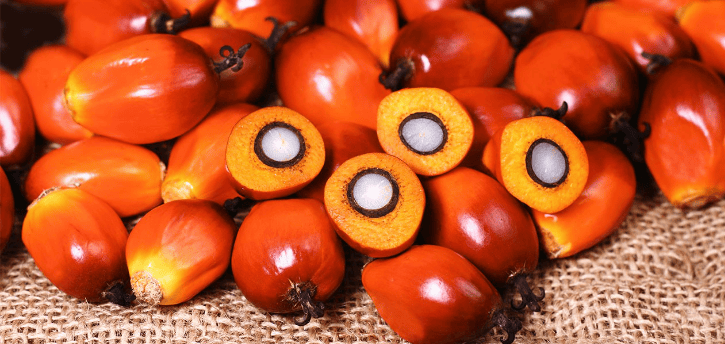PALM KERNEL
PALM KERNEL OIL [PKO]


The Rise of Palm Kernel Oil: Unlocking its Value in the Global Economy
Palm kernel oil, extracted from the seed of the oil palm tree, has emerged as a vital commodity in the global economy. This versatile oil has transformed the edible oil, biofuel, and cosmetics industries, driving economic growth and sustainability. In this blog post, we'll delve into the world of palm kernel oil, exploring its production, applications, challenges, and opportunities.
Global Production and Trade
Palm kernel oil production has surged in recent years, driven by increasing demand:
- Global production: 18.3 million metric tons (2020) [1]
- Top producers:
- Indonesia: 9.5 million metric tons
- Malaysia: 5.5 million metric tons
- Thailand: 1.5 million metric tons
- Colombia: 1.2 million metric tons
- Global trade value: approximately $12.6 billion (2020) [2]
[Image: Palm kernel oil production process. Credit: Indonesian Palm Oil Association]
Applications and Benefits
Palm kernel oil's unique properties make it an essential ingredient:
1. Edible Oil: Palm kernel oil is a popular cooking oil due to its high smoke point and shelf life.
2. Biofuel: Palm kernel oil methyl ester (PKOME) is a sustainable biofuel alternative.
3. Cosmetics: Palm kernel oil's fatty acids are used in skincare and haircare products.
4. Industrial Applications: Palm kernel oil is used in soap, detergent, and lubricant production.
Economic Benefits
Palm kernel oil contributes significantly to producing countries' economies:
1. Employment: Over 3 million people employed in palm kernel oil production and processing.
2. Income Generation: Palm kernel oil exports earn crucial foreign exchange.
3. Government Revenue: Palm kernel oil taxes contribute to government coffers.
4. Rural Development: Palm kernel oil production supports rural livelihoods.
[Image: Palm kernel oil farming in Indonesia. Credit: World Bank]
Challenges and Opportunities
The palm kernel oil industry faces challenges:
1. Deforestation: Palm oil expansion linked to deforestation concerns.
2. Sustainability: Ensuring environmentally friendly production practices.
3. Market Volatility: Fluctuating prices affect producer livelihoods.
Opportunities exist:
1. Sustainable Certification: Adopting certifications like RSPO and ISCC.
2. Technological Innovation: Improving production efficiency and yield.
3. Diversification: Expanding into new markets and applications.
[Image: Sustainable palm kernel oil production. Credit: Roundtable on Sustainable Palm Oil (RSPO)]
Conclusion
Palm kernel oil's value in the world economy is undeniable. As demand continues to rise, addressing challenges and leveraging opportunities will ensure its contribution to sustainable economic growth, environmental sustainability, and social responsibility.
Sources:
[1] Food and Agriculture Organization of the United Nations (FAO)
[2] International Trade Centre (ITC)
[3] Indonesian Palm Oil Association (IPOA)
[4] Palm Oil Council (POC)
[5] Roundtable on Sustainable Palm Oil (RSPO)
Statistical Data:
| Region | Palm Kernel Oil Production (2020) | Value (2020) |
| Southeast Asia | 14.5 million metric tons | $9.5 billion |
| South America | 2.5 million metric tons | $1.8 billion |
| Africa | 1.3 million metric tons | $900 million |
| Global | 18.3 million metric tons | $12.6 billion |
[Image: Palm kernel oil production and value by region. Source: FAO]
Infographic:
Palm Kernel Oil's Economic Impact
- 3 million+ people employed
- $12.6 billion annual value
- 18.3 million metric tons produced
- 20+ producing countries
- 50% of global production from Indonesia
